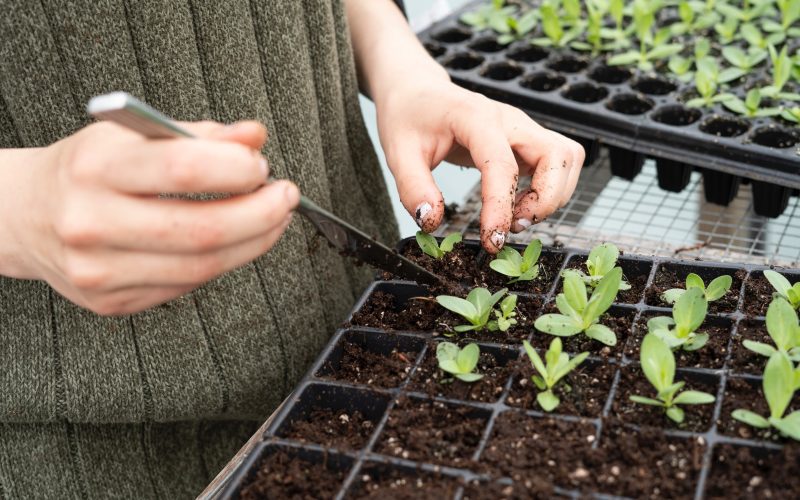If you’re an avid gardener, you know that the quality of your soil is crucial to the success of your plants. One of the most important factors to consider when it comes to soil quality is the pH level. In this article, we’ll explore what pH is, why it matters for your garden, and how to test and adjust the pH level of your soil.
What is pH?
pH is a measure of the acidity or alkalinity of a substance. It’s measured on a scale of 0 to 14, with 7 being neutral. A pH below 7 is considered acidic, while a pH above 7 is alkaline. The pH scale is logarithmic, which means that each whole number increase or decrease represents a tenfold change in acidity or alkalinity.
Why does pH matter for your garden?
Different plants have different pH preferences, and if the pH level of your soil is not within the range that your plants prefer, they may struggle to grow and thrive. For example, blueberries prefer acidic soil with a pH between 4.0 and 5.0, while asparagus prefers slightly alkaline soil with a pH between 7.0 and 8.0. If you’re not sure what pH level your plants prefer, a quick internet search or consultation with a gardening expert can help.
How to test your soil’s pH level
There are a few different ways to test the pH level of your soil. One option is to use a soil pH testing kit, which can be purchased at most garden centers or online. These kits typically involve mixing a small amount of soil with a testing solution and comparing the resulting color to a chart to determine the pH level.
Another option is to send a soil sample to a lab for testing. Many universities and agricultural extension offices offer soil testing services for a small fee. This can be a more accurate way to determine the pH level of your soil, as well as other important factors like nutrient levels and soil texture.
How to adjust your soil’s pH level
If your soil’s pH level is not within the range that your plants prefer, there are a few ways to adjust it. One option is to add amendments to the soil that will raise or lower the pH level. For example, adding lime to acidic soil can raise the pH level, while adding sulfur to alkaline soil can lower it. It’s important to follow the recommended application rates for any amendments you use, as adding too much can actually harm your plants.
Another option is to choose plants that are well-suited to the pH level of your soil. If you have alkaline soil and want to grow blueberries, for example, you could try growing them in containers filled with acidic potting soil instead of trying to adjust the pH level of your garden soil.
In conclusion, understanding the pH level of your garden soil is an important part of maintaining healthy, thriving plants. By testing your soil’s pH level and making adjustments as needed, you can ensure that your plants have the best possible growing conditions.











